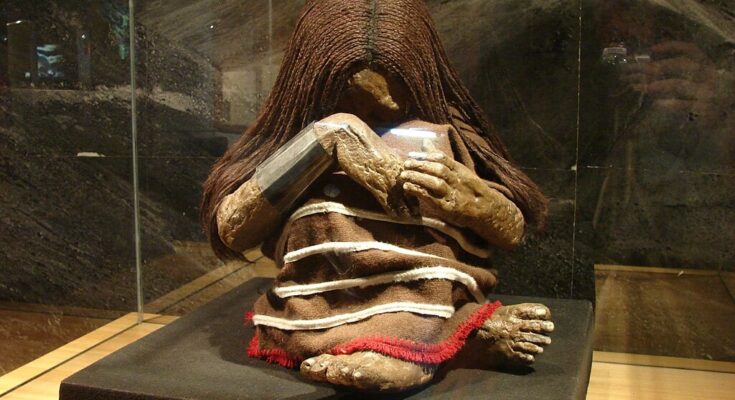Chile is home to the world’s oldest mummies, the Chincorro, which are far more ancient than the entombed pharaohs of Egypt. However, the passage of time, modernization, and climate change are putting these antiquities at great risk.
The Chincorro Mummies of Chile
The Atacama Desert in Chile used to be home to the Chincorro people, an ancient civilization that partook in the ritual of mummification over 5,000 years ago. This was two thousand years earlier than the Egyptians, Bernardo Arriaza, a professor at the University of Tarapaca, told CBS News.
The dry desert has served to keep mummified remains in good condition. As a result, there are also other clues that provide archaeologists and researchers with information about how the Chincorro people lived so long ago.
The concept of mummification probably originated from watching other dead matter naturally undergo the process with the aid of the arid desert’s conditions. The mummified remains were also adorned with reed blankets, clay masks, human hair, and other items, according to archaeologists.
This region of Chile has been given UNESCO World Heritage status, but even this may not protect the Chincorro relics there. Several museums, including the Miguel de Azapa Archaeological Museum in the ancient city of Arica, have displayed the Chincorro culture at one point or another. A few of the mummies and other items are being preserved in climate-controlled exhibits. However, the remains that are still in the desert somewhere continue to be at risk.
“If we have an increase in sea surface temperatures, for example, across the coast of northern Chile, that would increase atmospheric humidity,” Claudio LaTorre, a paleo-ecologist with the Catholic University of Chile, told CBS News. “And that in turn would generate decomposition, (in) places where you don’t have decomposition today, and you would lose the mummies themselves.”
Other hints that researchers could uncover in the desert may also be lost. “Human-induced climate change is one aspect that we’re really worried about, because it’ll change a number of different aspects that are forming the desert today,” said LaTorre.
Arriaza is striving to make people more aware of the mummies in the hope that it will lead to further preservation. “It’s a big, big challenge because you need to have resources,” he told CBS News. “It’s everybody’s effort to a common goal, to preserve the site, to preserve the mummies.”
Since 1914, when Max Uhle began his work in Arica, Chile, roughly 282 Chincorro mummies have been uncovered by archaeologists. Morro-I, at the base of the Morro de Arica, was hiding 96 bodies within its sandy, slopy hill.
Discovered there were 54 adults, 27 females, 20 males, and 7 others of undetermined sex.



